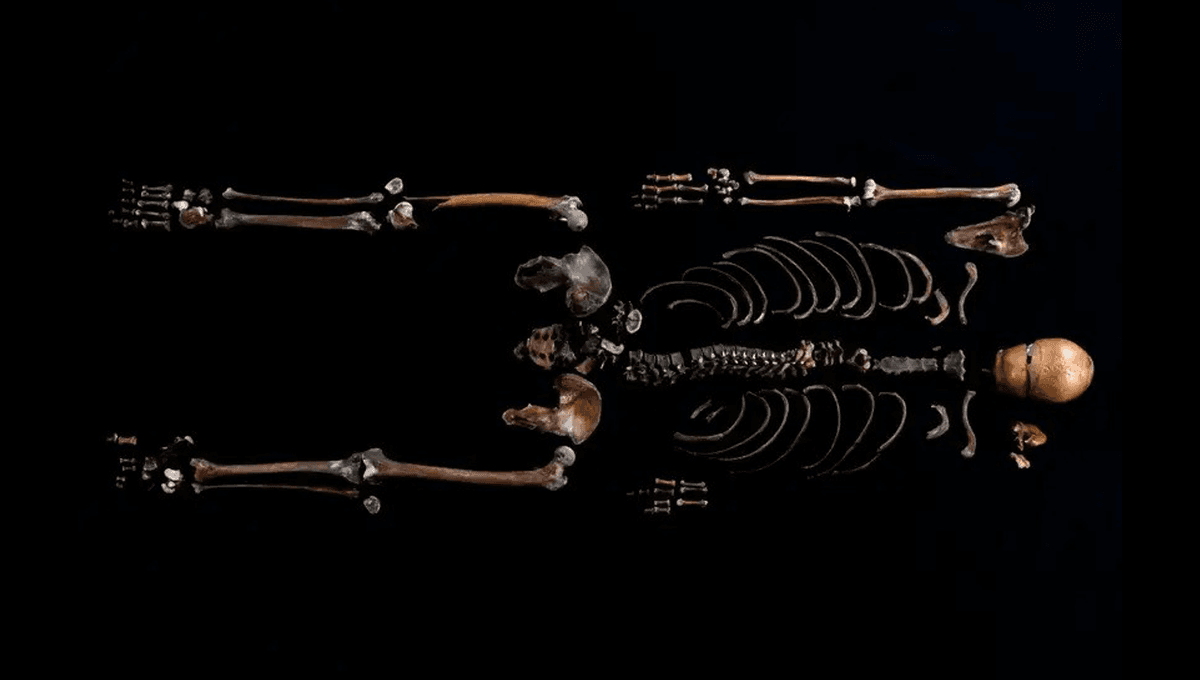
Contrary to what some may assume, ancient peoples were just as capable as modern people of using unconventional methods in warfare. Rather than always being driven by ideas about honorable combat, people of the past exploited various ways to achieve their goals, including resorting to biological warfare. The proof of such a tactic has recently been identified in Norway, and relates to a person being thrown down a well over 800 years ago.
According to a passage in the Norse epic Sverris Saga – the story of King Sverre Sigurdsson – the body of a man was thrown into a well at Sverresborg Castle, near Trondheim in Norway as part of a raid during the 12th century.
As the story goes, this was a period of significant political unrest and Sverre believed he had claim to the throne despite being opposed by the archbishop.
According to the passage in question, in 1197 CE, Sverre was wintering in Bergen when a raiding party of Roman Catholic “Baglers” – a faction during the Norwegian civil wars – launched a sneak attack against the stronghold at Sverresborg Castle. They snuck into the castle through a secret door and set about raiding the site, burning every house they could find and plundering the inhabitants. They then threw the body of the man into the well in an attempt to poison the main water source.
Although the unfortunate man’s bones were unearthed at the bottom of the well in 1938, researchers have lacked the tools needed to analyze them beyond basic visual assessments. However, radiocarbon dating and advanced gene-sequencing technologies have enabled researchers to now piece together a complex and intricate picture of the “Well-man”, an effort that blends history and archaeology with science to offer details that have never been confirmed before.
“This is the first time that a person described in these historical texts has actually been found,” Professor Michael D. Martin of the Norwegian University of Science and Technology’s University Museum in Trondheim, Norway, said in a statement. “There are a lot of these medieval and ancient remains all around Europe, and they’re increasingly being studied using genomic methods.”
Research conducted in 2014 and 2016 confirmed that the bones belonged to a male individual who had been between 30 and 40 years old when he died, while the radiocarbon dating analysis suggested he lived around 900 years ago.
“The text is not absolutely correct – what we have seen is that the reality is much more complex than the text,” archaeologist Anna Petersén of the Norwegian Institute of Cultural Heritage Research in Oslo, Norway, explained.
Using samples of tooth taken from the Well-man’s skeleton, the team of researchers were able to sequence his genome and establish that he had blue eyes, light-brown or blond hair, and his ancestors came from where present-day Vest-Agder is in southern Norway. These conclusions about the man’s ancestry were reached because of the significant amount of reference data from the genomes of modern-day Norwegians made available by deCODE Genetics in Iceland.
“Most of the work that we do is reliant on having reference data,” Dr Martin Rene Ellegaard of the Norwegian University of Science and Technology added. “So the more ancient genomes that we sequence and the more modern individuals that we sequence, the better the analysis will be in the future.”
This type of reference data relates to the genomes of many thousands of modern Norwegians and other Europeans.
Information derived from tooth analysis is extremely powerful, but it does have limitations. In order to obtain the samples for the DNA assessment, the tooth’s outer surface needed to be removed to avoid contamination from anyone who had handled it in non-sterile conditions (e.g. during excavation). The tooth was then ground up into powder. This obviously destroyed the tooth, so no further analysis could be made – for instance, the team were not able to get any information on any pathogens the Well-man may have had when he died.
“It was a compromise between removing surface contamination of the people who have touched the tooth and then removing some of the possible pathogens … there are lots of ethical considerations,” said Ellegaard. “We need to consider what kind of tests we’re doing now because it will limit what we can do in the future.”
Unfortunately, it was not possible to verify whether the man’s body had specifically been used as a biological weapon when it was thrown into the well. It is likely the stringent decontamination procedures used to extract and prepare the tooth pulp for assessment probably removed any pathogen DNA, rendering it undetectable.
Still, the results offer a new and powerful method for historical and archaeological research as it means researchers can move beyond the text to confirm and build on written material. This type of data can be used to confirm, compliment, or even alter what is understood about events or specific people.
The researchers would like to test other samples in the future, including those related to someone like Saint Olaf, who is thought to be buried somewhere in Trondheim Cathedral. If his remains are recovered, this technique could be used to tell us more about him and his ancestry.
The paper is published in iScience.
Source Link: 800-Year-Old Corpse In Well May Have Been Used As A Biological Weapon